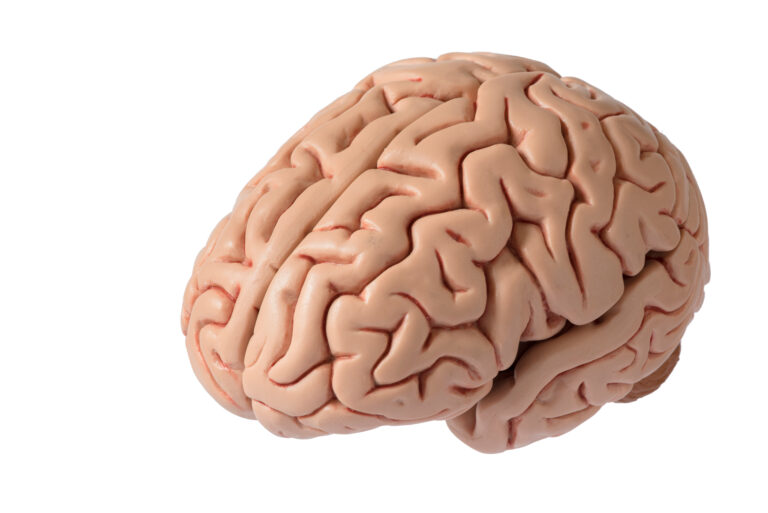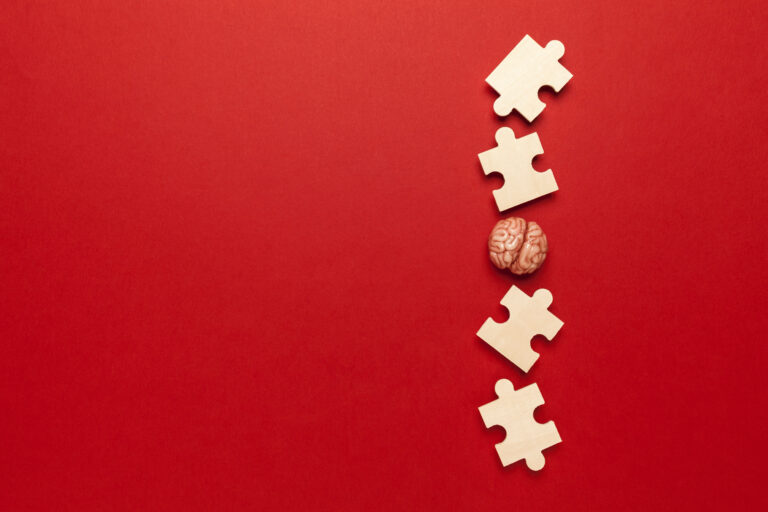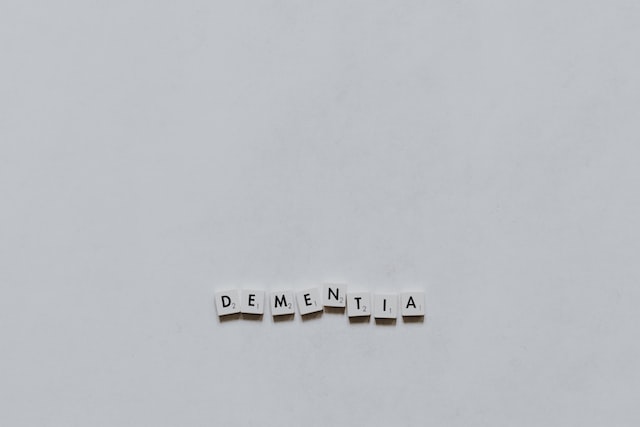Dementia is a debilitating and progressive disease that affects millions of people worldwide. It is a broad term used to describe a decline in cognitive function, including memory loss, impaired thinking, and difficulty carrying out daily activities. Alzheimer’s disease is the most common form of dementia, accounting for 60-80% of cases.
As we age, our risk of developing dementia increases. In fact, it is estimated that by 2050, the number of people living with dementia will reach 152 million globally. While there is currently no cure for dementia, early detection and intervention can greatly improve the quality of life for those affected.
But how can we predict who will develop dementia? Can we identify individuals at a higher risk before symptoms even appear? Thanks to advancements in technology and genetics, the answer may lie in a person’s genetic risk score (GRS).
GRS is a measure of an individual’s genetic predisposition to a certain disease or condition. It is calculated by looking at a person’s DNA and identifying certain genetic variations that are associated with an increased risk of developing a particular disease. These variations, called single nucleotide polymorphisms (SNPs), are small changes in the DNA sequence that can affect how our genes function.
In the case of dementia, researchers have identified several SNPs that are significantly associated with an increased risk of developing the disease. By analyzing these SNPs and calculating a GRS, scientists can now predict an individual’s likelihood of developing dementia.
One study published in The Lancet Neurology in 2019 looked at the GRS of over 200,000 individuals from different ethnic backgrounds. They found that those with a high GRS had a three-fold increased risk of developing dementia compared to those with a low GRS. The study also showed that this risk was even higher for individuals with a family history of dementia.
But how accurate is this GRS in predicting an individual’s risk of developing dementia? While it is not a crystal ball, it is a useful tool in identifying those who may be at a higher risk and could benefit from early interventions.
For instance, individuals with a high GRS for dementia may be advised to make lifestyle changes that can help reduce their risk. These can include maintaining a healthy diet, engaging in regular physical activity, and avoiding smoking and excessive alcohol consumption. Additionally, they may be recommended to undergo regular cognitive assessments to detect any changes in their cognitive function early on.
Furthermore, GRS can also help in the development of targeted therapies for those at a higher risk of developing dementia. By identifying the genetic variations associated with the disease, researchers can better understand the underlying mechanisms and create more effective treatments. This could potentially delay or even prevent the onset of dementia in individuals with a high GRS.
However, it is essential to note that GRS is just one factor in predicting an individual’s risk of developing dementia. Other factors such as age, lifestyle, and environment also play a significant role. For example, a person with a low GRS may still develop dementia if they have other risk factors such as a sedentary lifestyle or a history of head injuries.
Moreover, while GRS can identify those at a higher risk of developing dementia, it cannot tell us when or if someone will develop the disease. It is merely a tool to assess an individual’s genetic predisposition and should not be used to diagnose dementia. A diagnosis should only be made by a medical professional after thorough clinical evaluations and tests.
In conclusion, GRS is a promising tool in predicting an individual’s likelihood of developing dementia. It can help identify those who may benefit from targeted interventions and guide future research to improve treatment options. However, it is important to remember that GRS is just one piece of the puzzle and should not be used as the sole determinant of a person’s risk for dementia. Maintaining a healthy lifestyle and regularly monitoring one’s cognitive function are still the most effective ways to reduce the risk of developing dementia.





